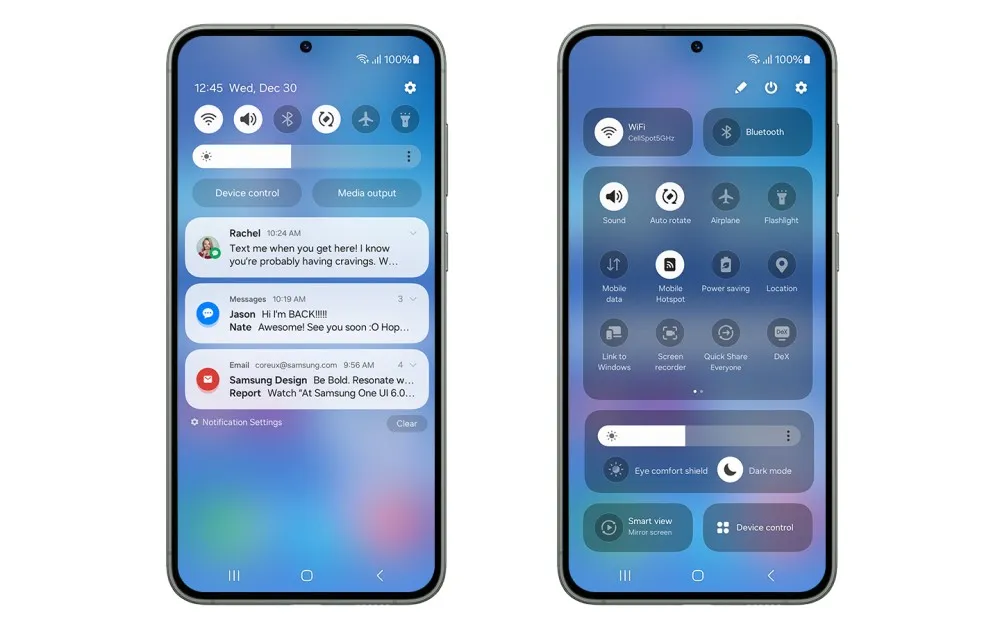Meta Platforms Enhances Safety Measures for Teenagers on Instagram and Facebook
Meta Platforms is introducing enhanced safety measures on Instagram and Facebook to safeguard teenagers, implementing novel features that shield young individuals from unsolicited correspondence. This proactive step underscores Meta’s attentiveness to issues surrounding the digital well-being of adolescents.
Context
Previously, Meta encountered accusations of being cognizant of teenagers being exposed to detrimental material. Nevertheless, subsequent dialogues with regulators prioritizing children’s safety on social media led Meta to enforce limitations on specific content accessible to teenage users.
The gravity of this situation intensified when a former Meta employee testified before the U.S. Senate, unveiling Meta’s awareness of negative encounters, including harassment, that youths endured on its platforms but failed to take decisive action. This disclosure captured broad attention, placing Meta in a position that demanded prompt addressing of the concern.
Fresh Additions and Adjustments
- Messaging settings will now automatically permit receipt of messages solely from people whom teenagers follow.
- Any alterations to app settings will necessitate parental authorization.
Messenger
- Individuals under 16 years of age (or under 18 in specific regions) will solely receive messages from Facebook friends or contacts in their network.
- Adult users above 19 years old will be unable to message teenagers unless reciprocal following exists.
Importance
Meta Platforms’ dedication to confronting the safety predicaments faced by teenagers on Instagram and Facebook is commendable. By rolling out these innovative features and controls, Meta aims to furnish a more secure online milieu for young users. Nonetheless, continual surveillance and adjustments are imperative to ascertain the efficacy of these measures in shielding teenagers from unsolicited messages and objectionable content.


